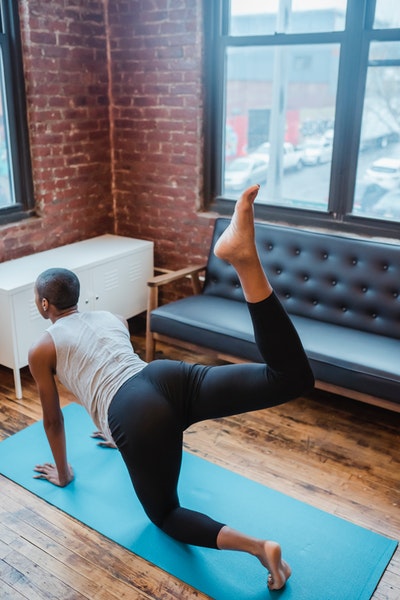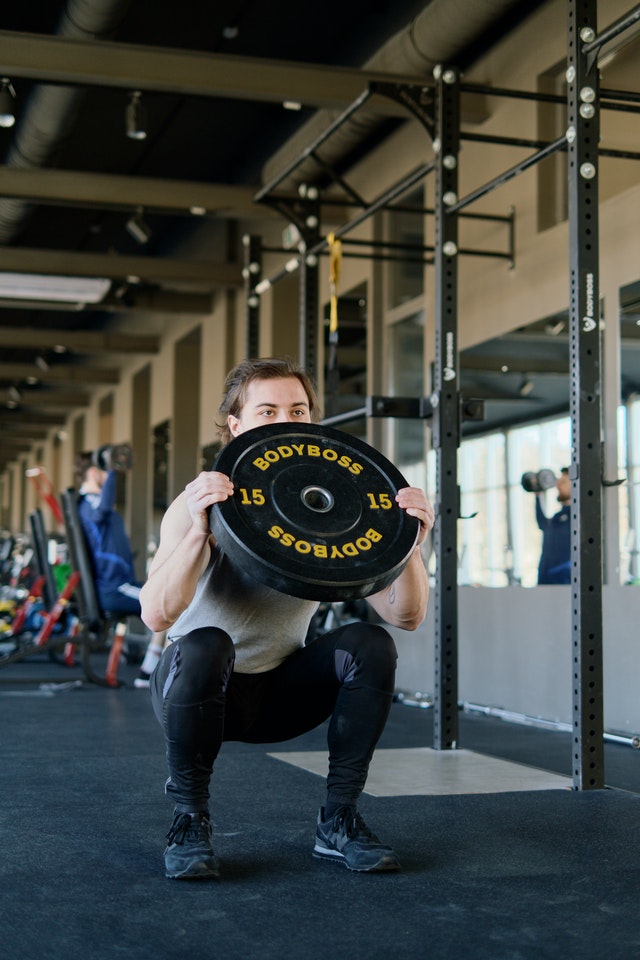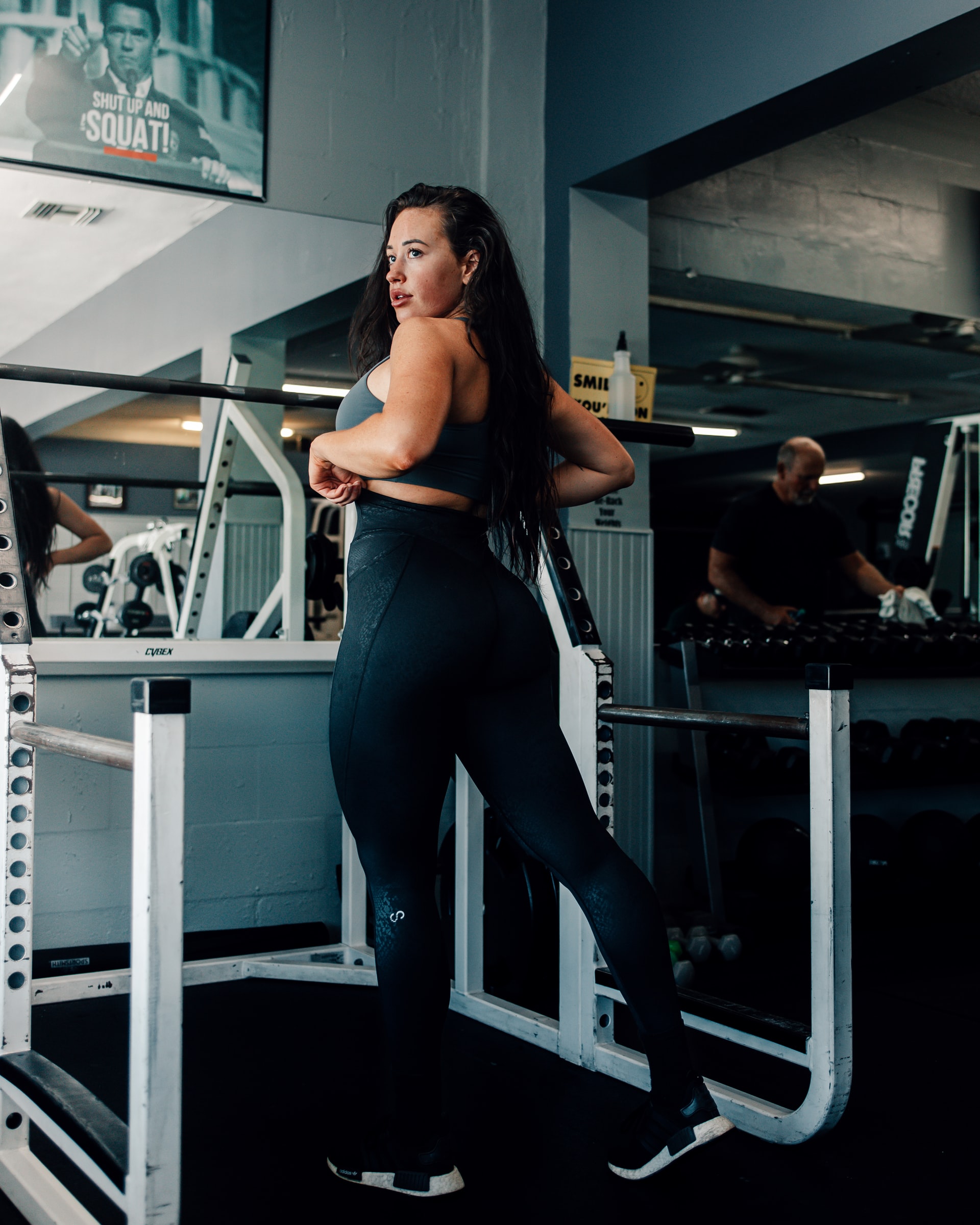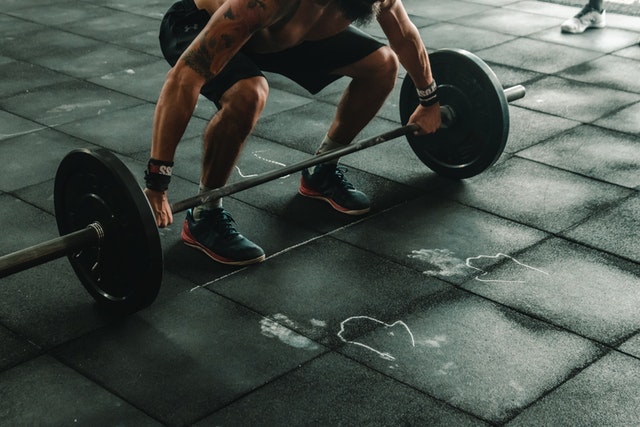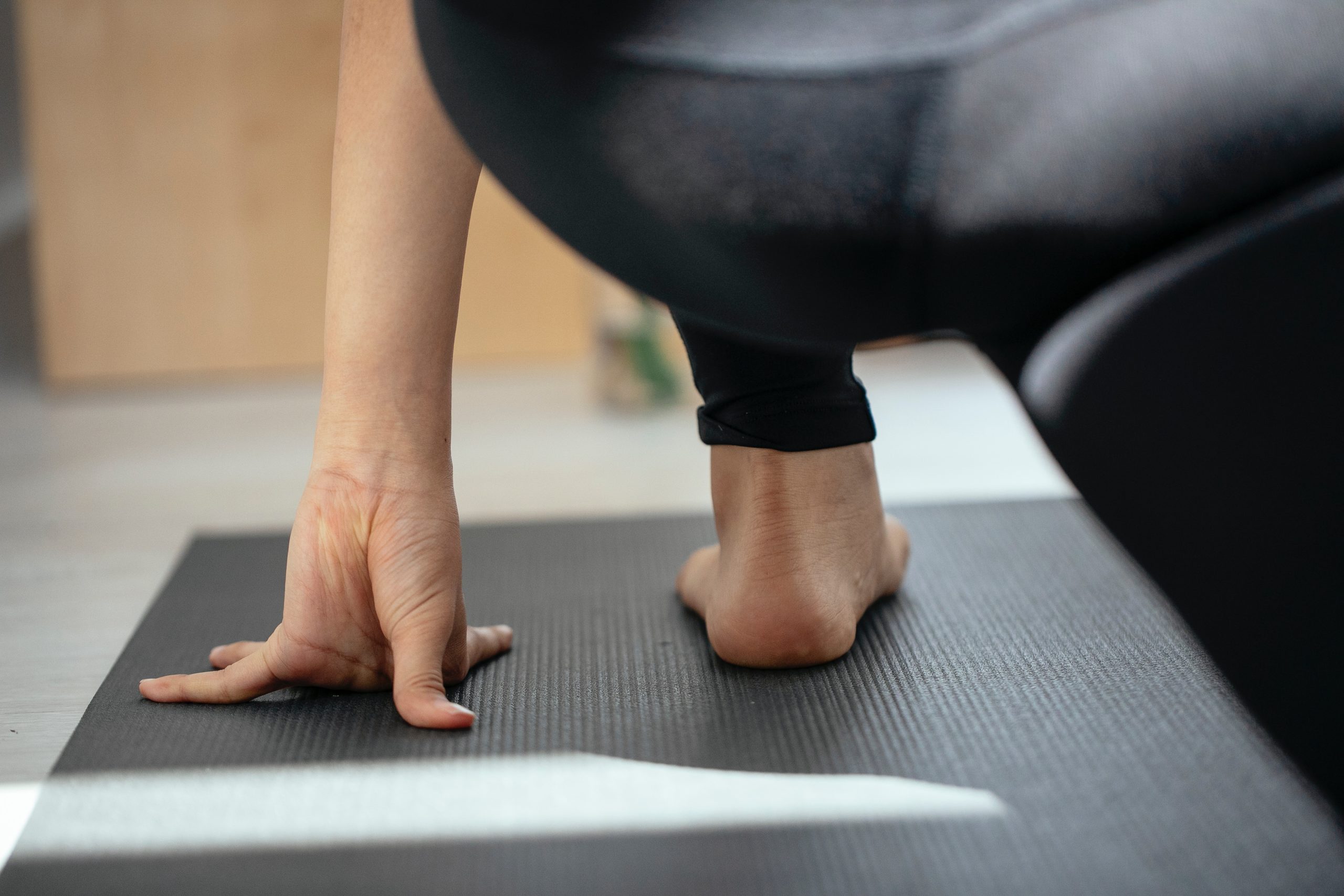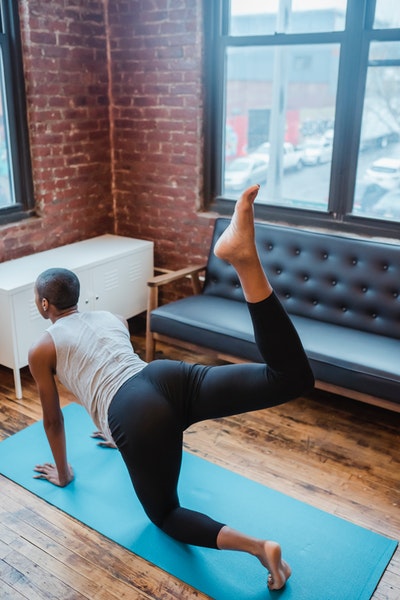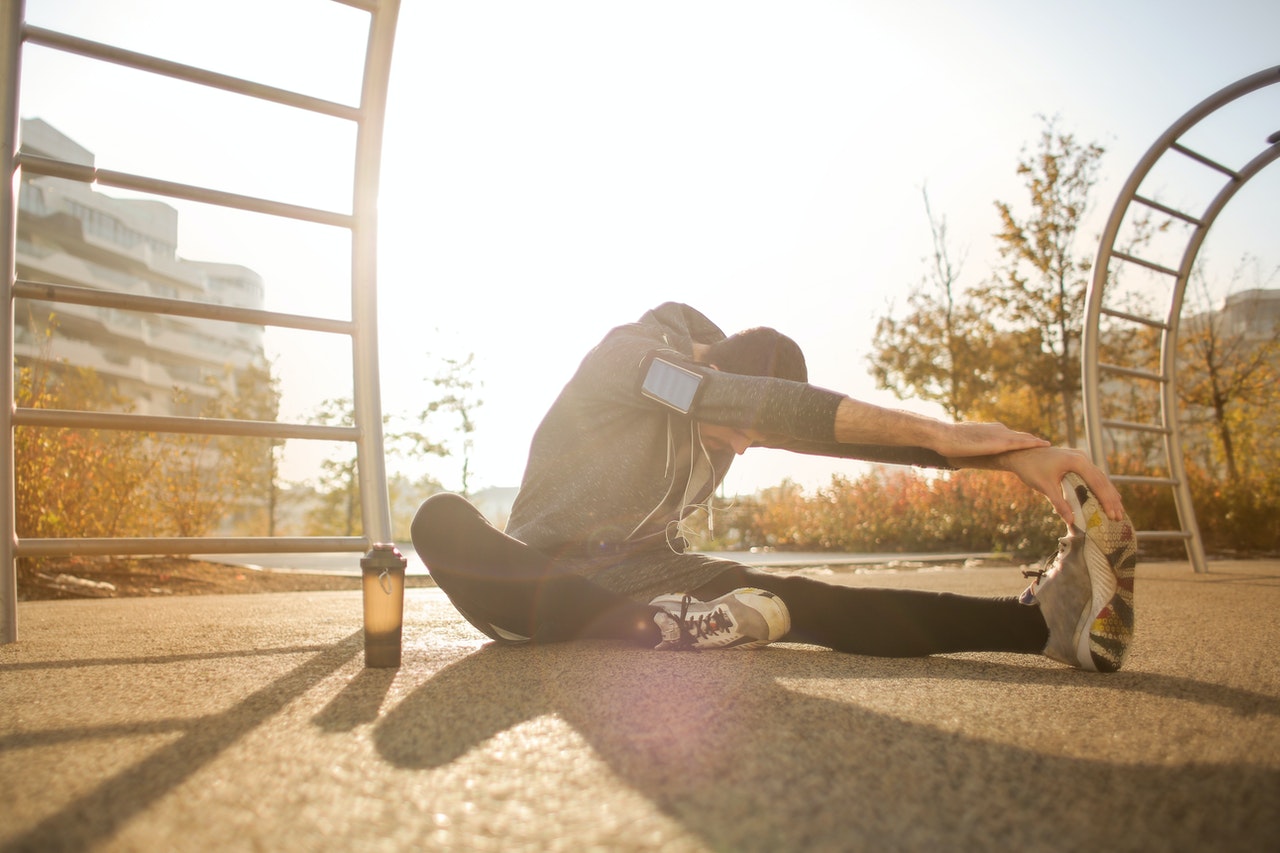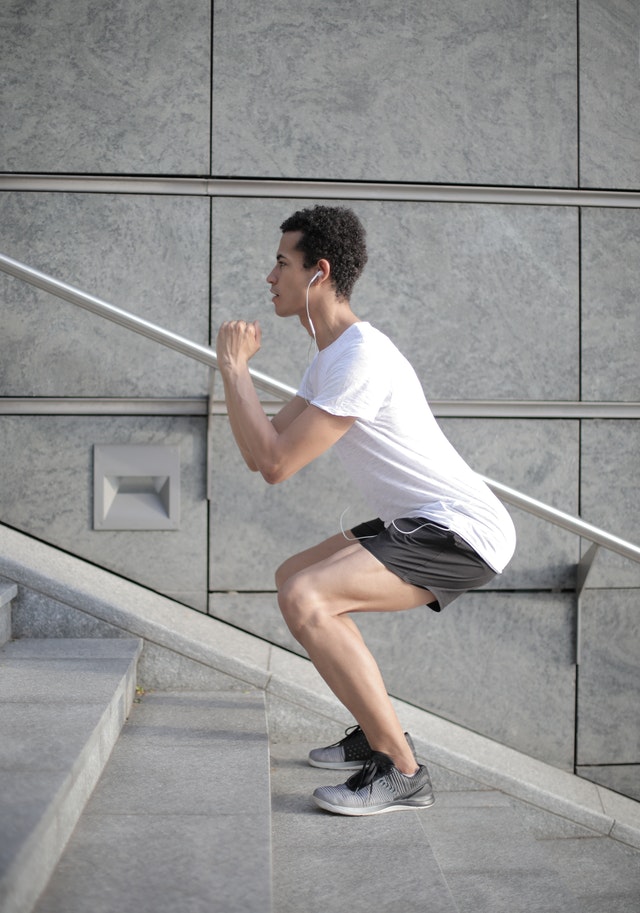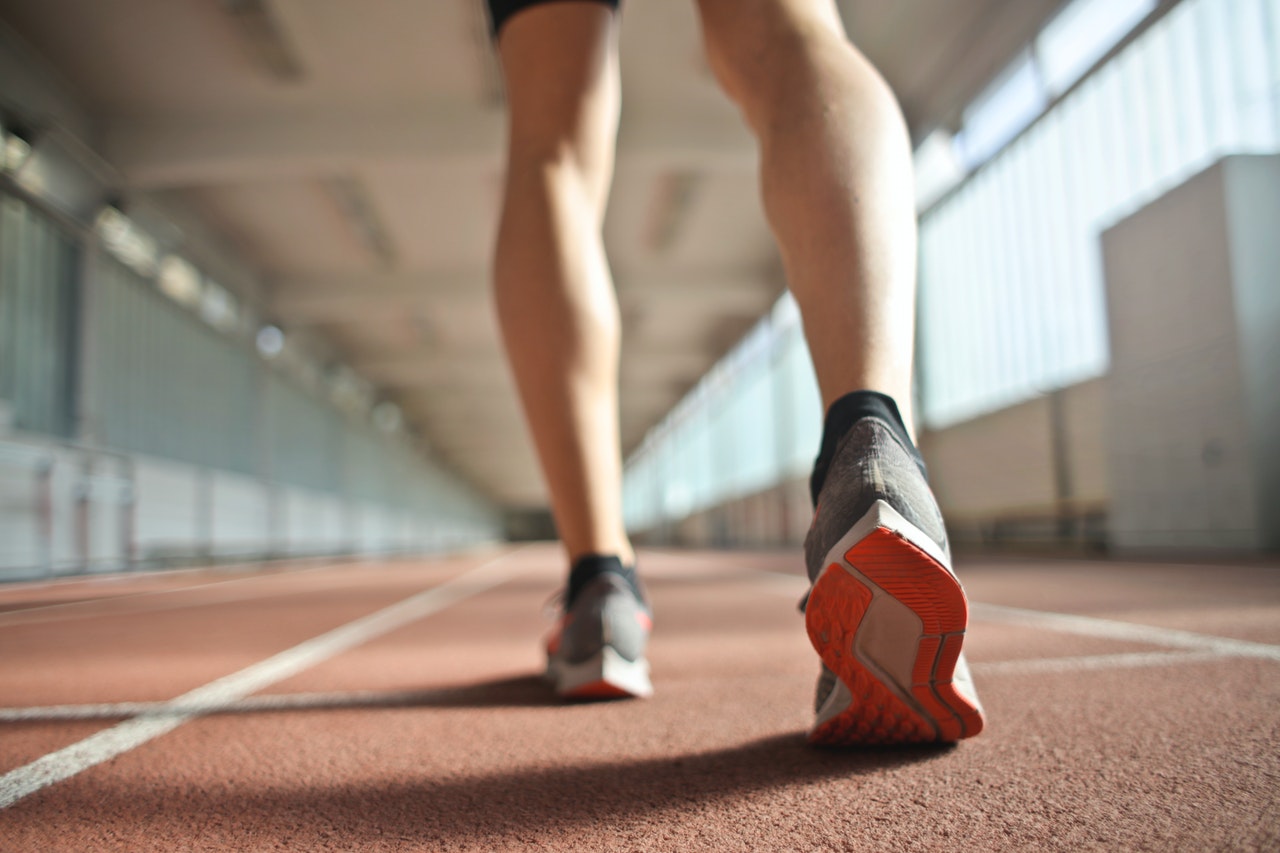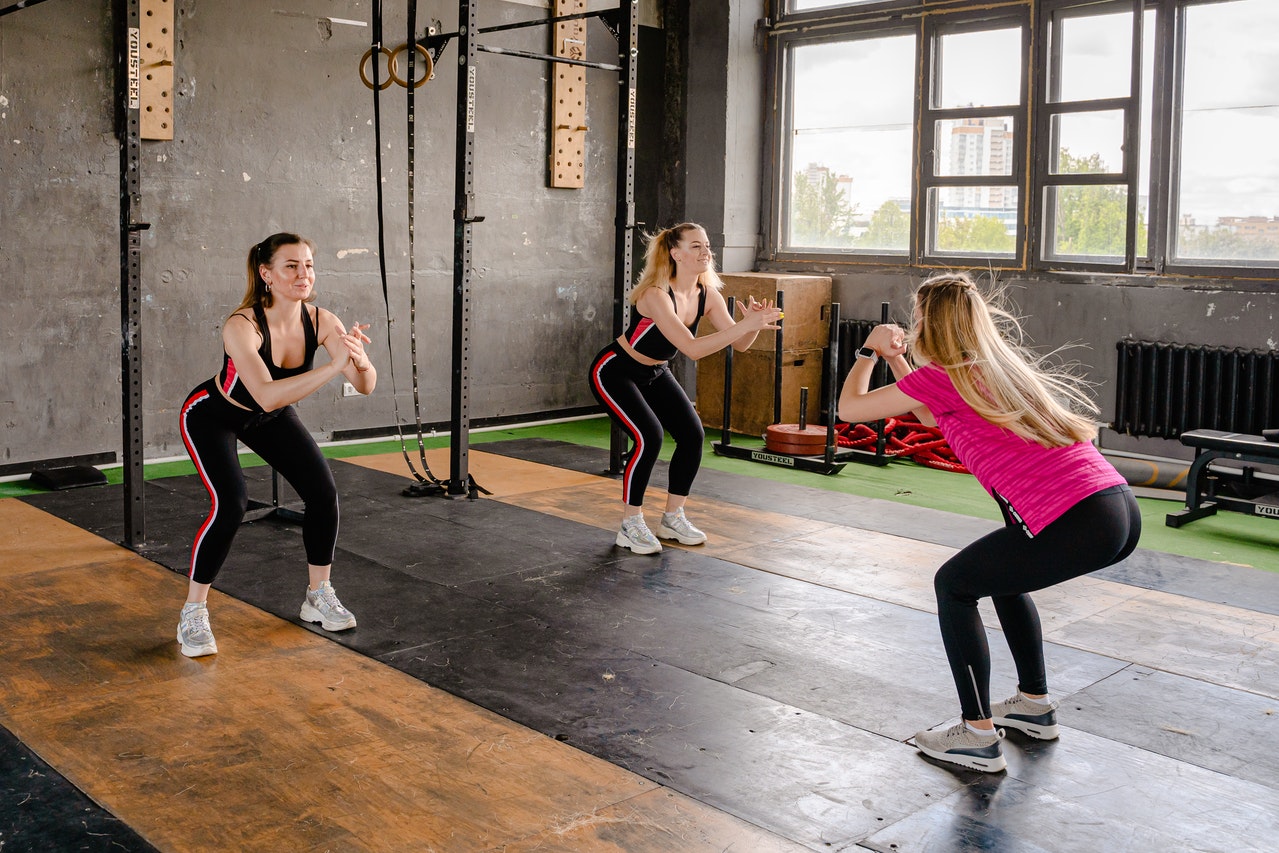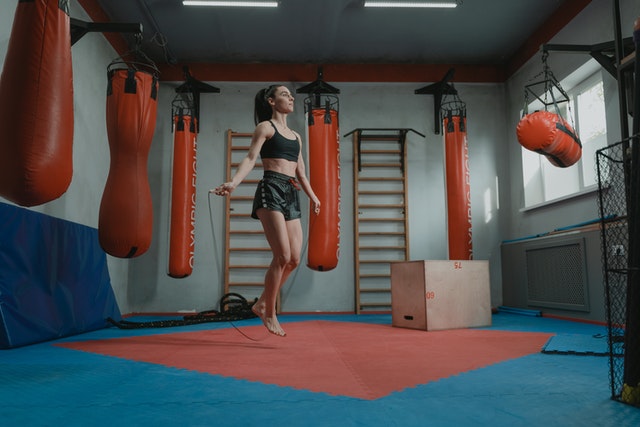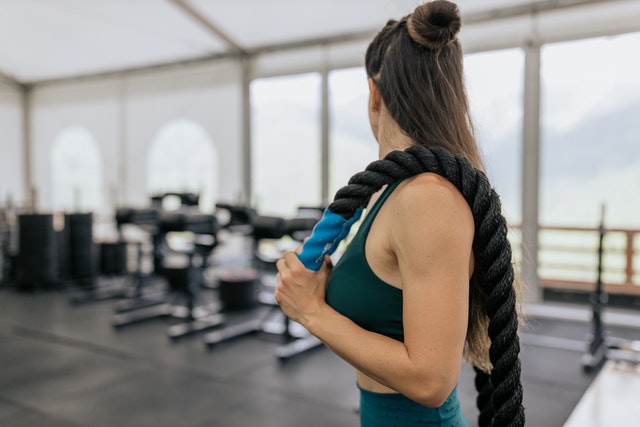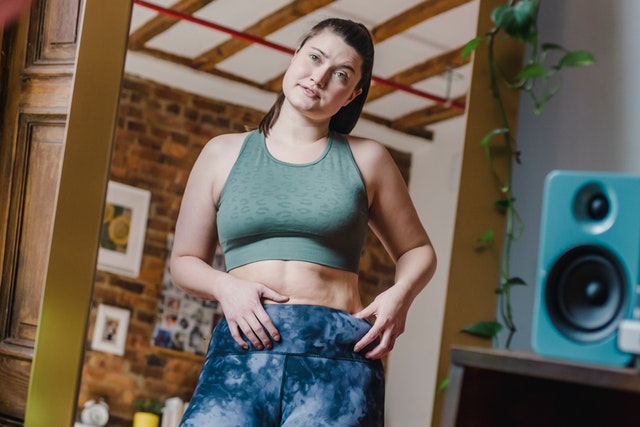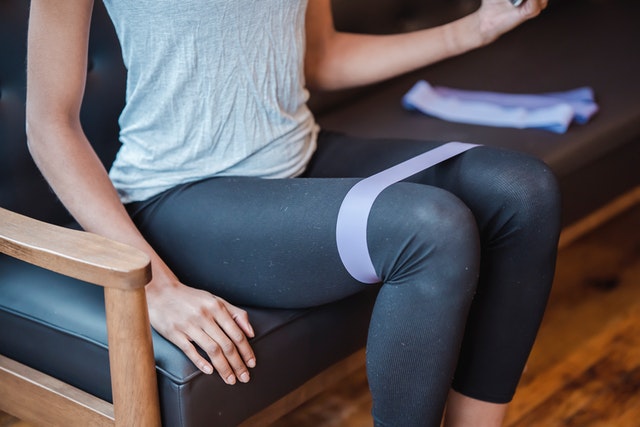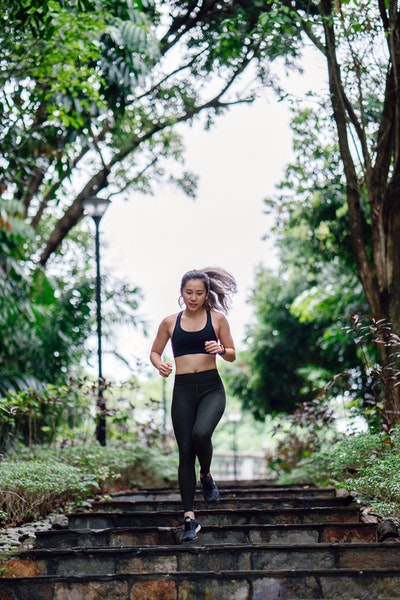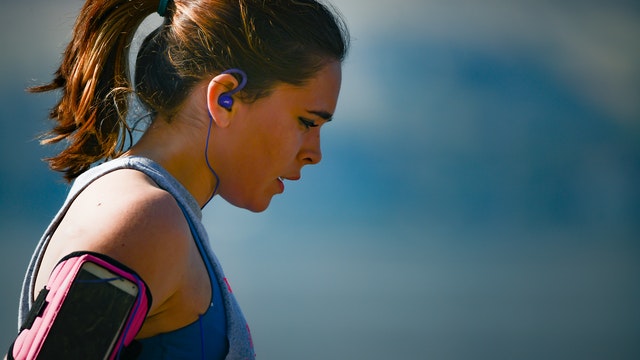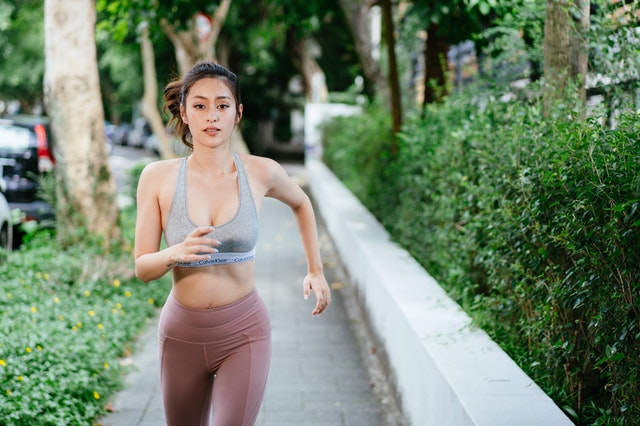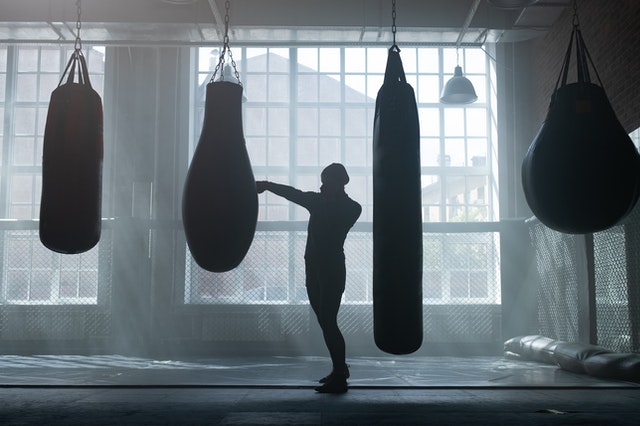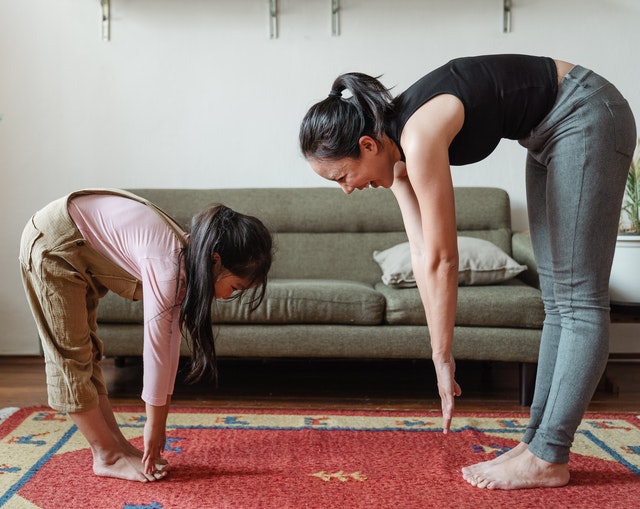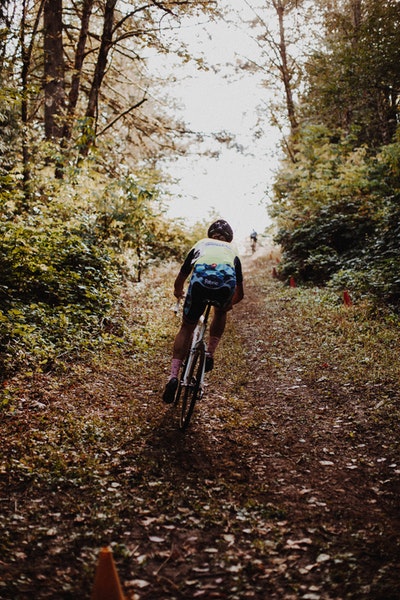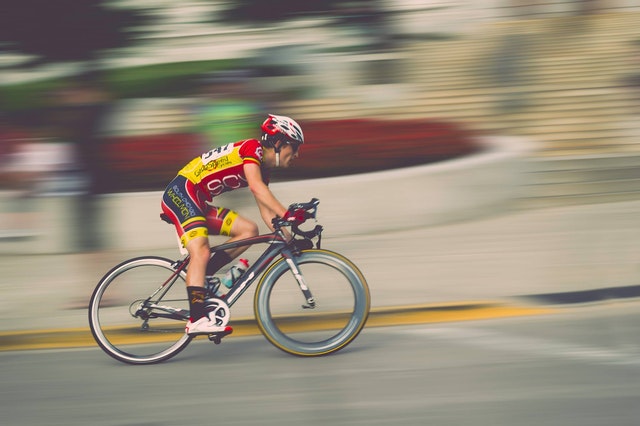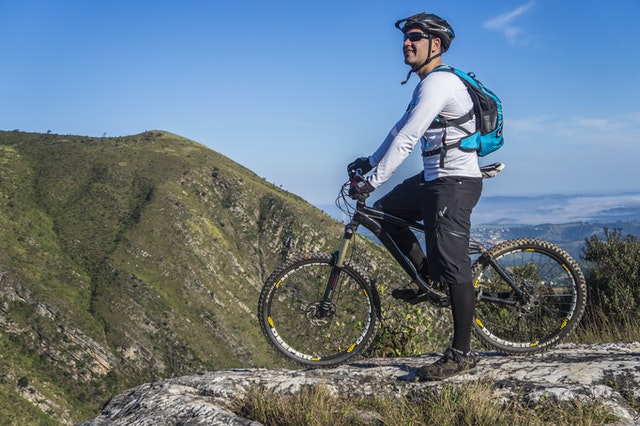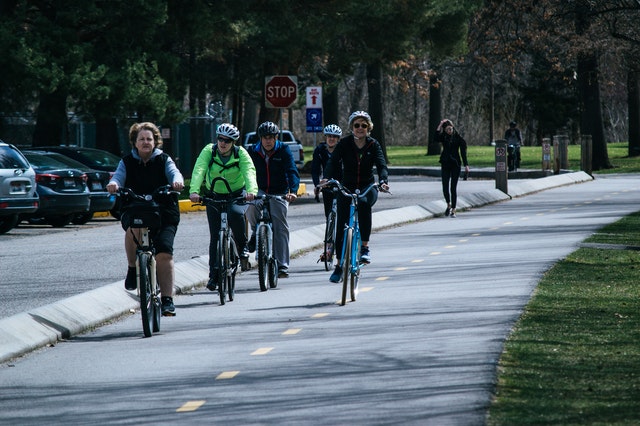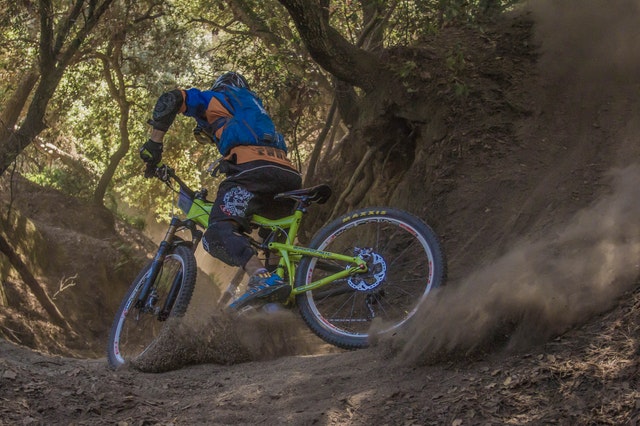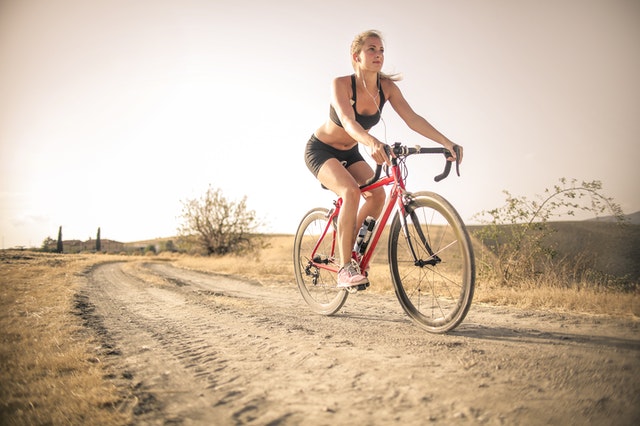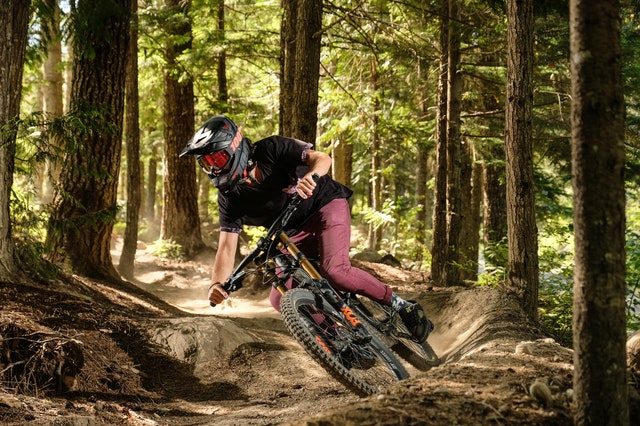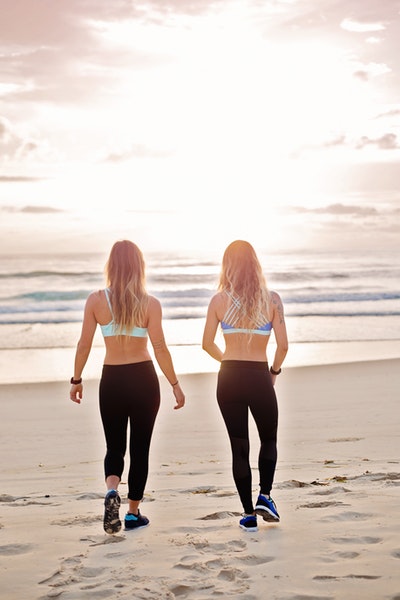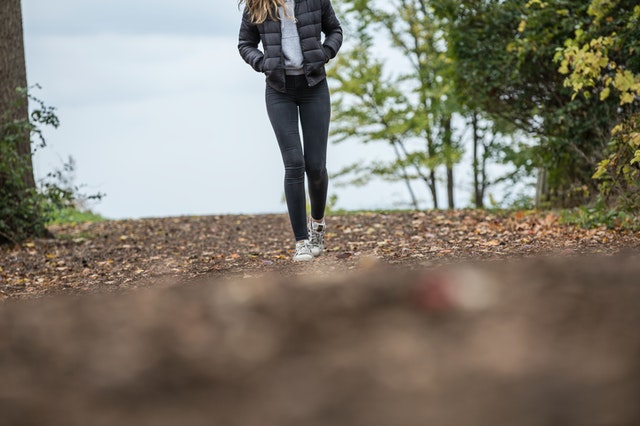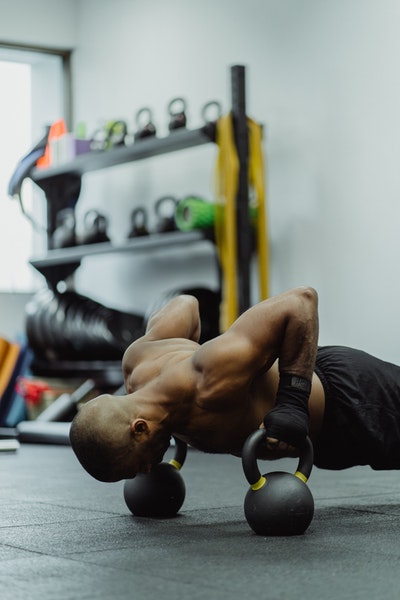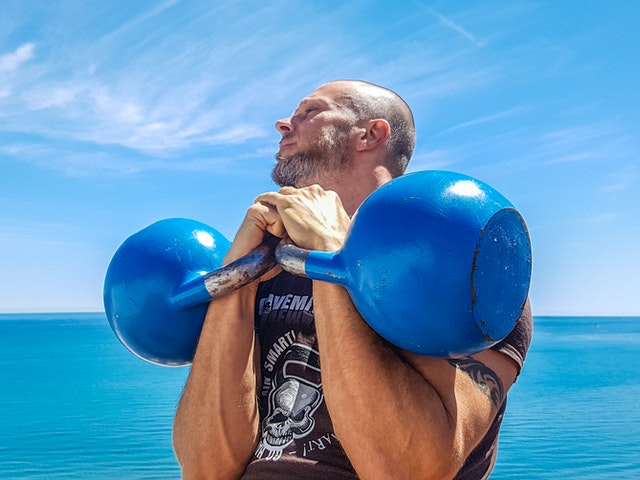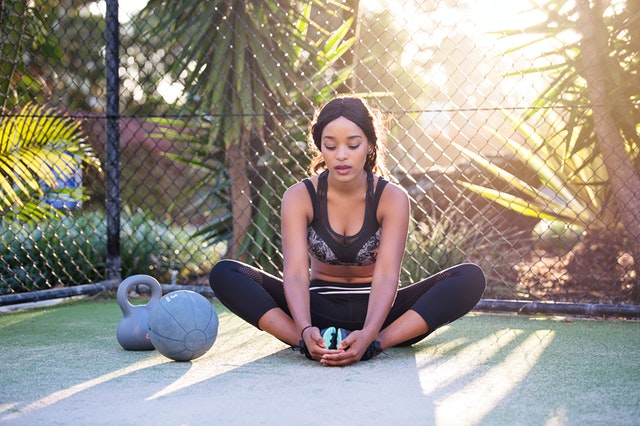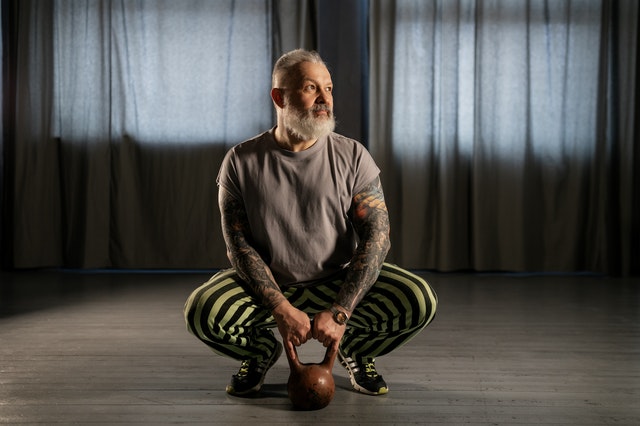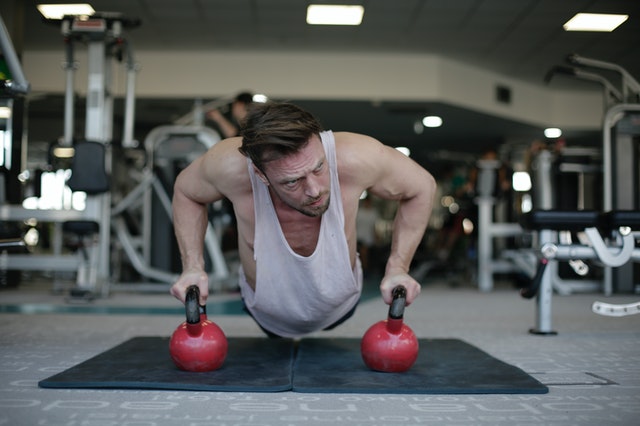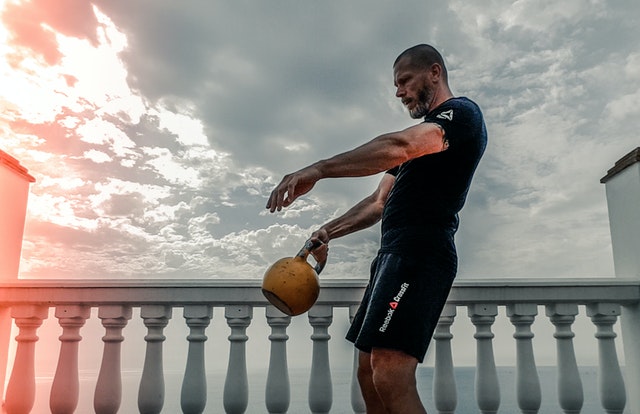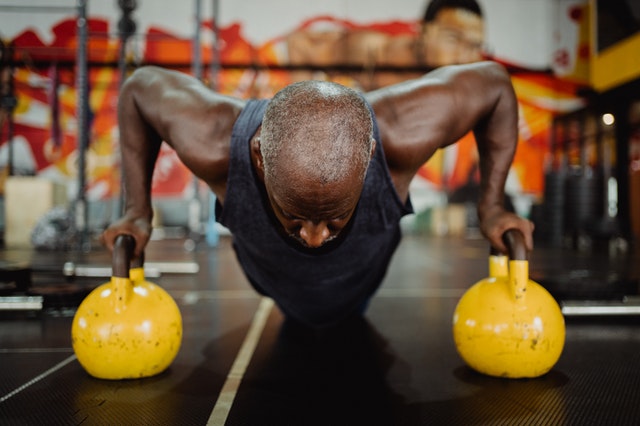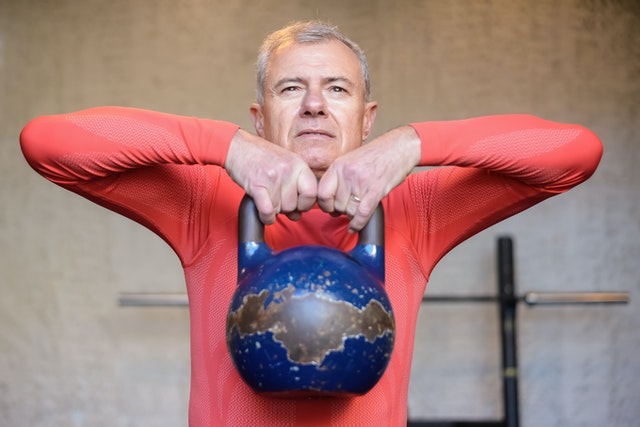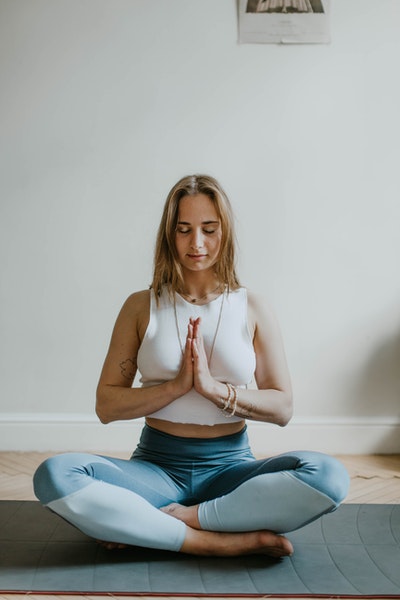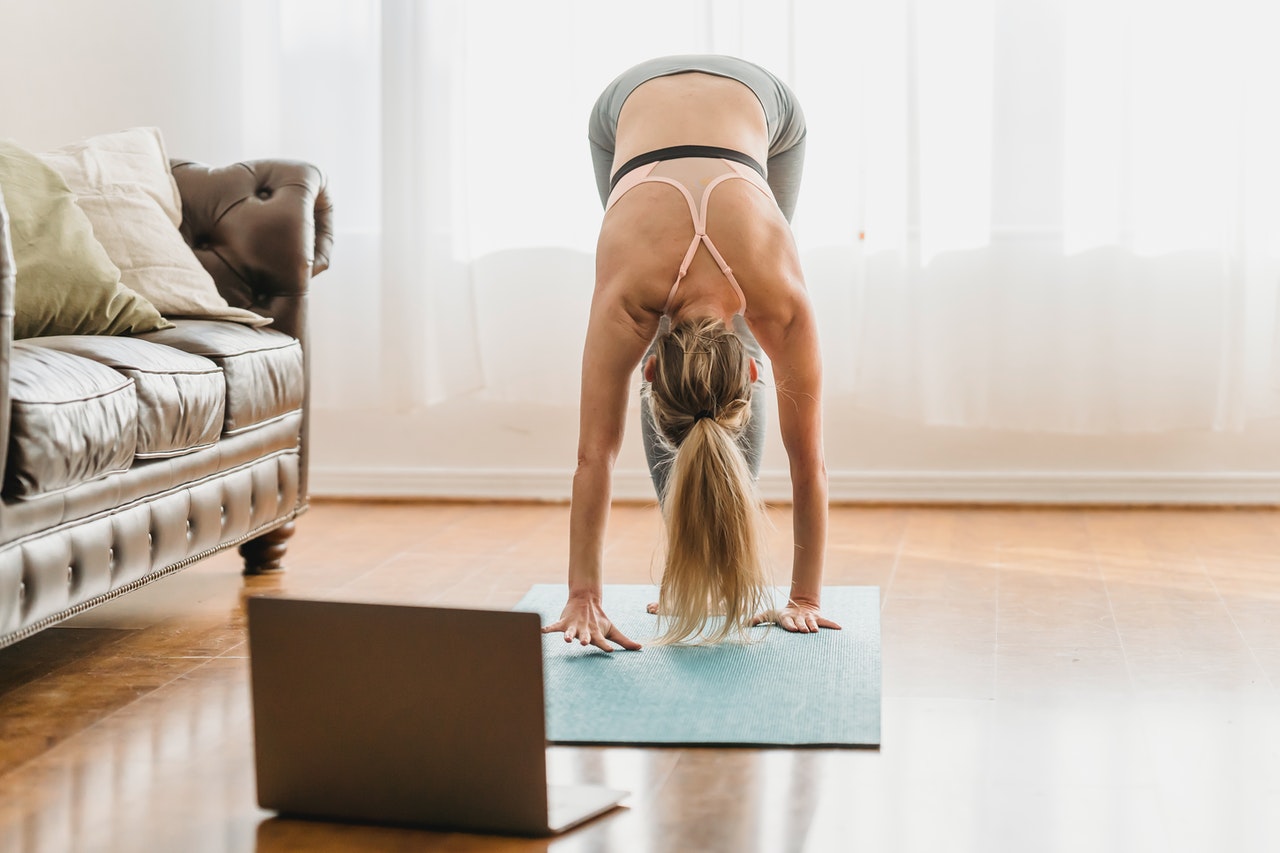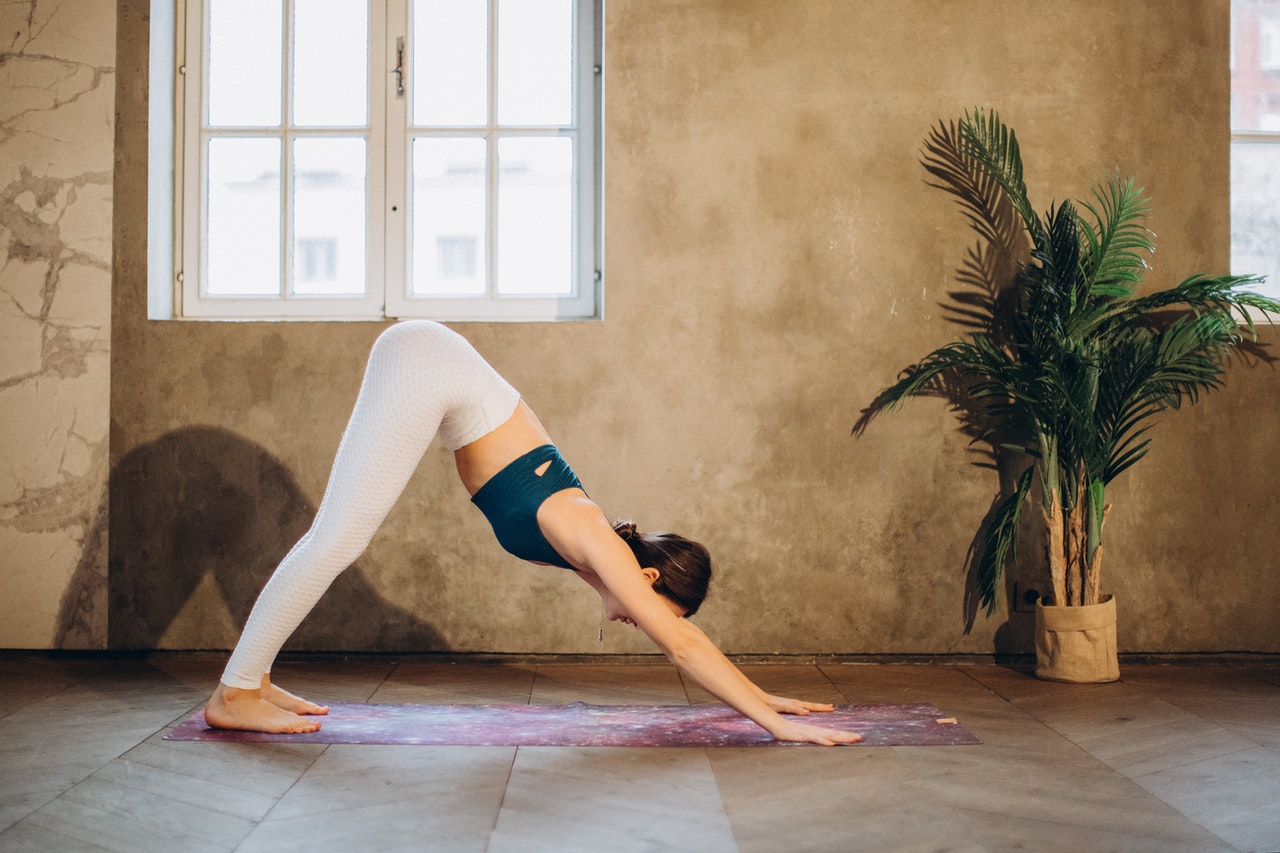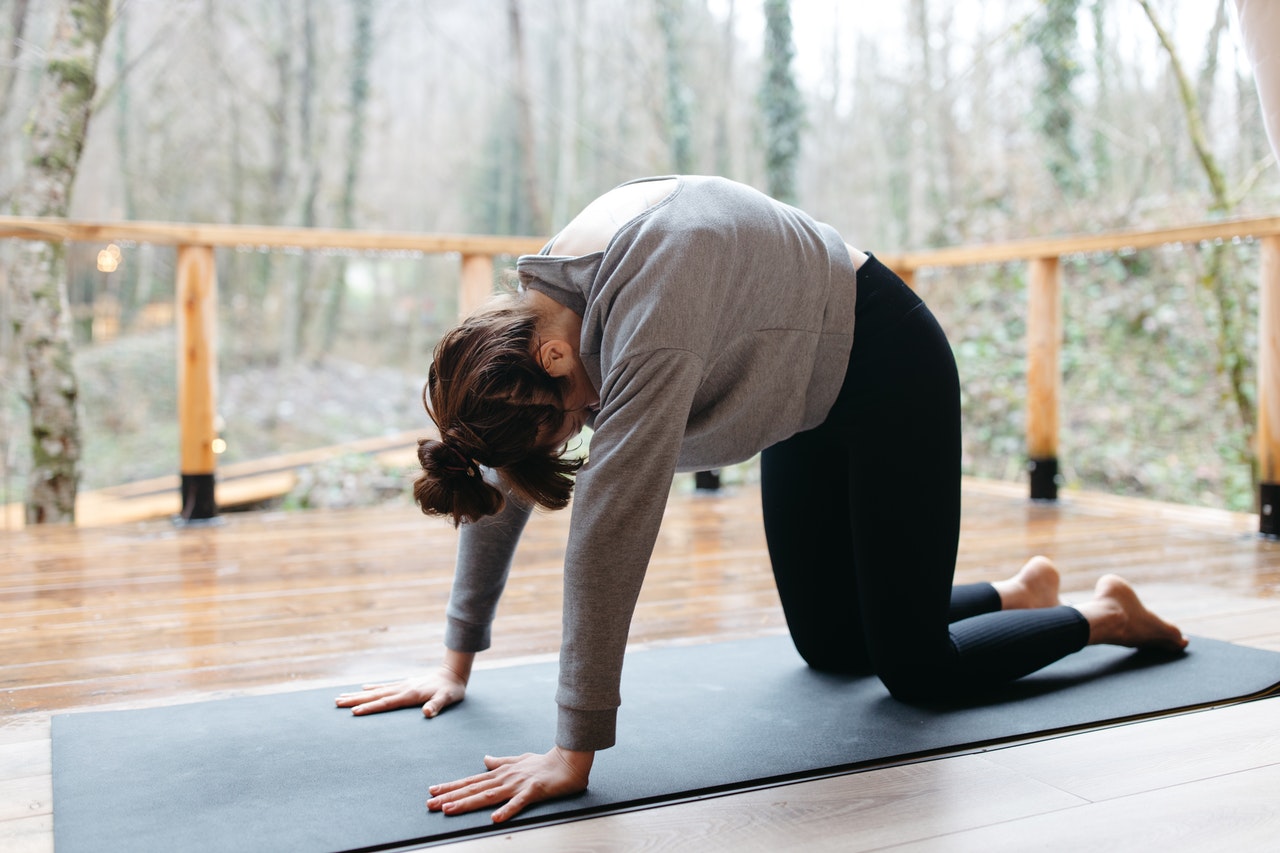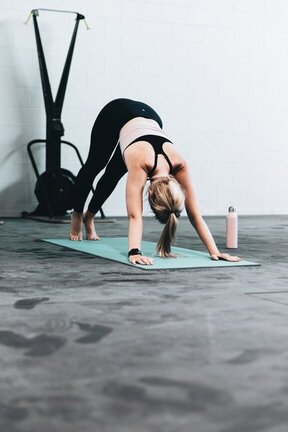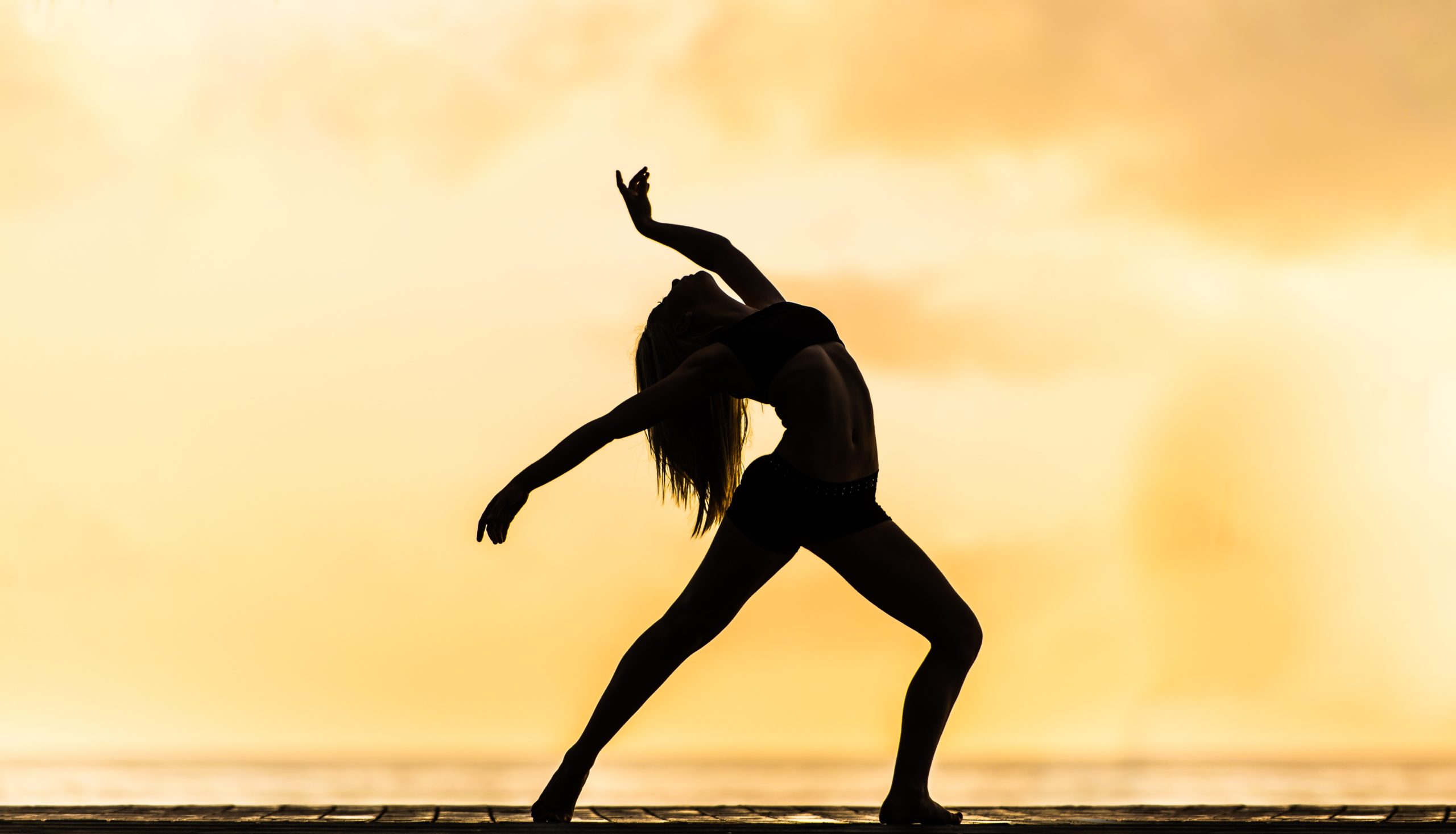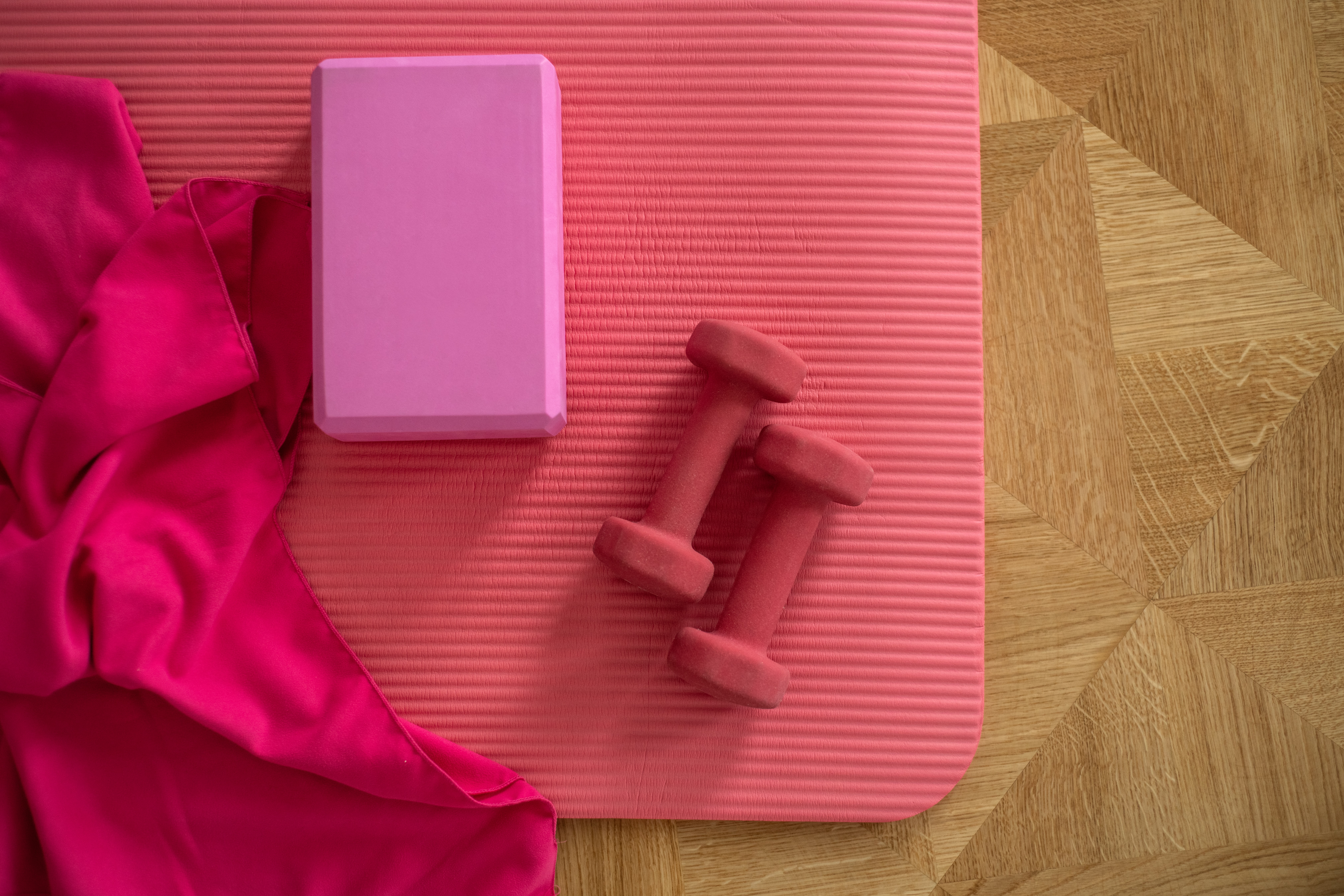Hot yoga is the “hot” new workout trend that offers a wide variety of benefits. If you think the idea of doing yoga in a hot and sweaty environment sounds like torture, you’re in for a treat! While it’s true that yoga isn’t “hot” unless it’s done in a humid and warm environment, it’s a much more enjoyable practice than you’re probably imagining in your head. You don’t have to take my word for it, though. Here’s how and why to try hot yoga in your own home this week.
Understanding the Point of Hot Yoga
I have to admit, I used to look that people who did hot yoga were a little crazy. Why in the world would you choose to exert your body in an environment that forces you to release as much sweat as possible? But now that I’ve learned more about it, I’ve come to understand the point of this unconventional form of exercise.
Hot yoga offers the same benefits as traditional yoga (you know, the standard benefits like improved strength, stress reduction and flexibility), but it also gives you an even more intense workout in less time. So if you don’t have an hour to spend on a typical yoga routine, you can spend half an hour doing hot yoga and get the same benefits! Plus, the humid environment a hot yoga session provides is meant to replicate the humid natural environment found in India, where yoga originated. So you get a more authentic experience from doing hot yoga than from doing traditional yoga in an air-conditioned environment. Just make sure you drink lots of water before you get your sweat on!
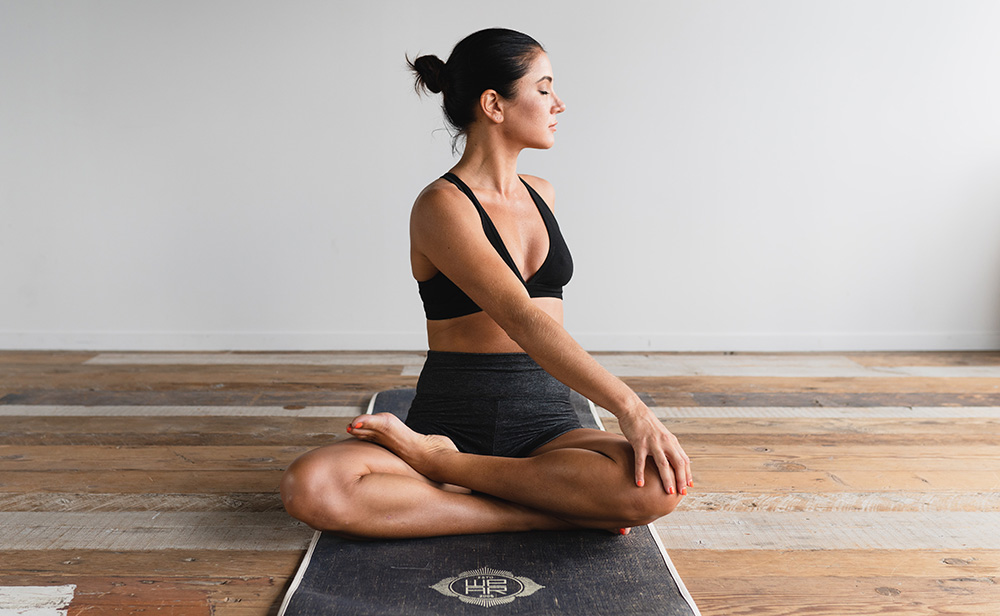
Benefits of Hot Yoga
Now that I’ve got you thinking hot yoga may not be so bad, here’s a list of some of the impressive benefits the practice can provide.
Increased calorie burn
Improved flexibility
Reduced stress
Improved mood
Boost in cardiovascular health
Improved bone density
Decreased blood glucose levels
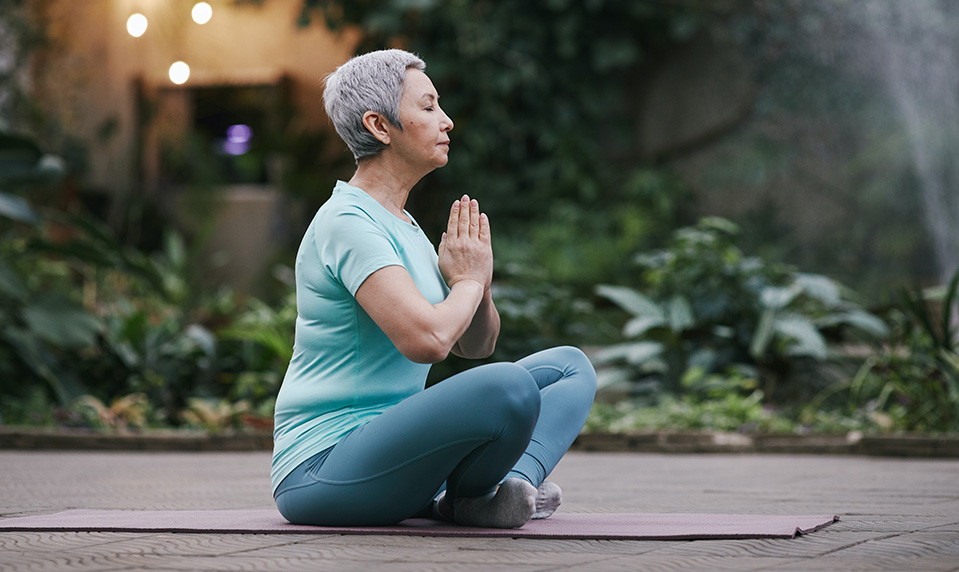
Now keep in mind that in order to maximize these benefits and stay safe during your hot yoga session, you need to stay hydrated. Drink water before, during and after your hot yoga session. You may also want to guzzle a low-calorie sports drink to restore your body’s electrolyte balance.
If you’re pregnant, don’t do hot yoga unless you’ve been given the green light from your doctor. And if you have certain health conditions, such as low blood sugar, heart disease, anorexia or a history of fainting, hot yoga may be too intense for you.
How to Start Hot Yoga at Home
While prepping your space for a hot yoga session requires a little effort, it’s worth it if you don’t have a gym membership or don’t have time to go to an official hot yoga class. Here’s how to set up any room in your home for hot yoga.
Designate one room in your home for you hot yoga session, and close the doors and windows.
Put a small space heater in the room to bring the space to your desired temperature.
Consider adding extra layers if the space heater isn’t getting the room warm enough for your liking.
Bring in a humidifier and steam things up!
Have a water bottle on-hand at all times.
Complete your planned yoga session, making sure to take frequent water breaks throughout.
If you need help coming up with your own hot yoga workout routine, look online or find a favorite workout on YouTube. You can also make things more fun by inviting a friend to come work out with you.
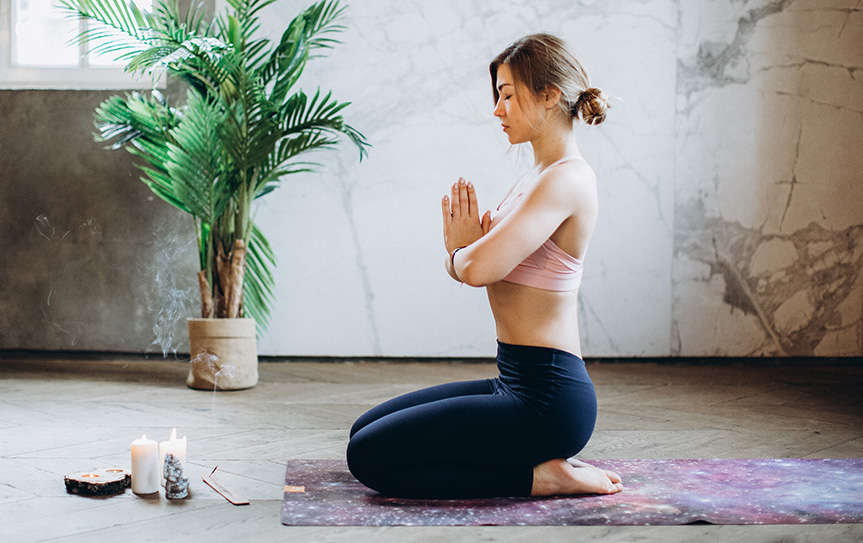
Hot yoga isn’t for everyone. But for those who like a challenging workout that delivers maximum benefits in minimal time, it’s a must-do routine to work into your weekly schedule. Give it a try this week to see if you’ll fall in love with it like I did!


